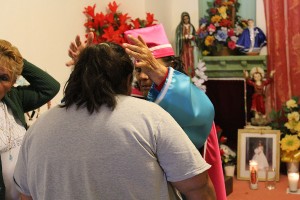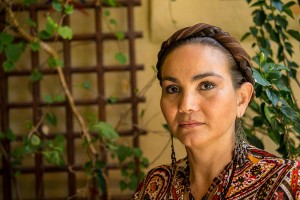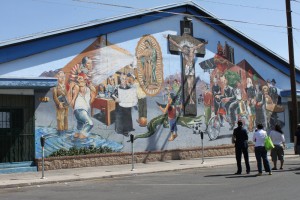La fe en el dolor: Fidencio, las cajitas y los milagros en Ciudad Juárez
|
CIUDAD JUÁREZ — Desde hace más de 30 años Sanjuana Delgado dedica su vida a ser “cajita” o “materia” del Niño Fidencio. Así se les llama a las curanderas de uno de los varios santos patrones que son idolatrados en el norte de México. Las cajitas o materias son aquellas personas que después de llevar una preparación mística logran “poseer el espíritu” del Niño Fidencio. Sanjuana fundó un templo en honor a Fidencio en la colonia Francisco Villa de Ciudad Juárez, Chihuahua, lugar en el que afirma haber logrado curar a enfermos, hacer caminar inválidos y todo lo que se pueda considerar un milagro. Usualmente en México las personas recurren a los curanderos y la medicina alternativa cuando sienten que la medicina formal llega a su límite.


